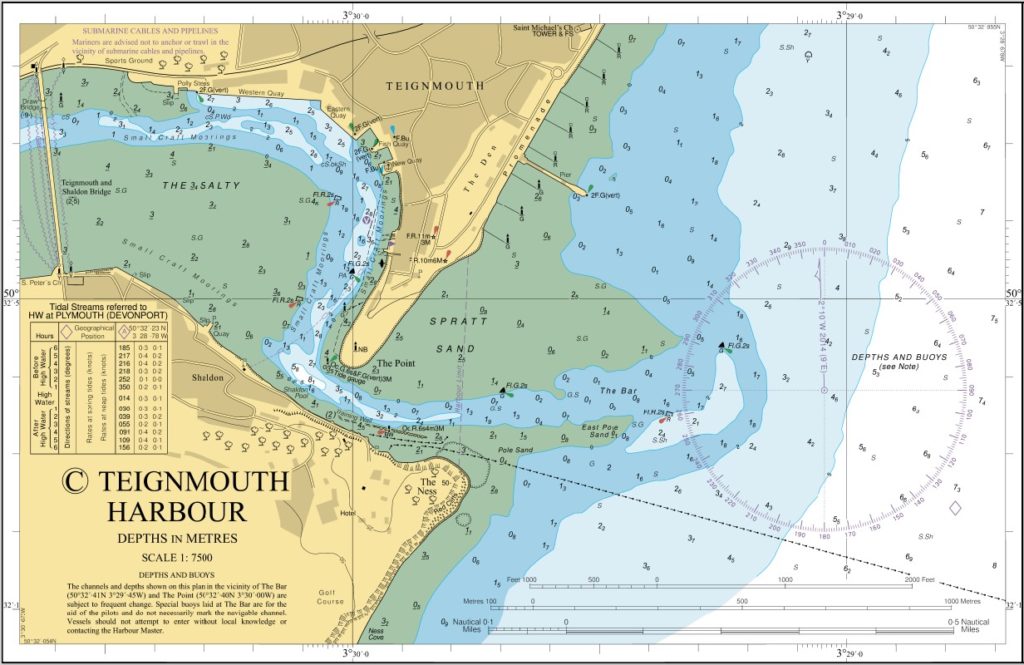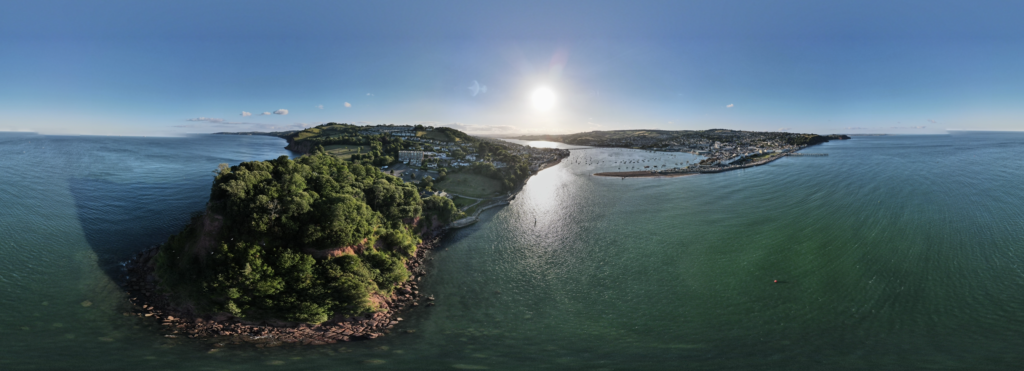Navigation Guidance
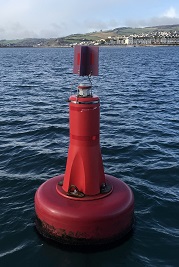
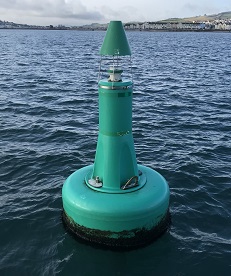
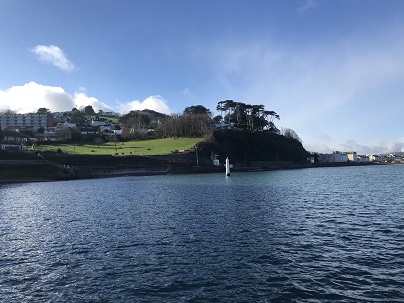
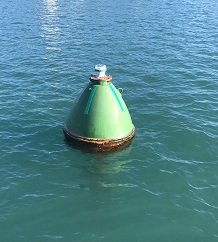
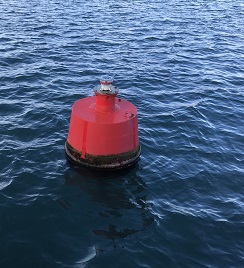
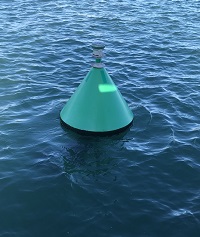
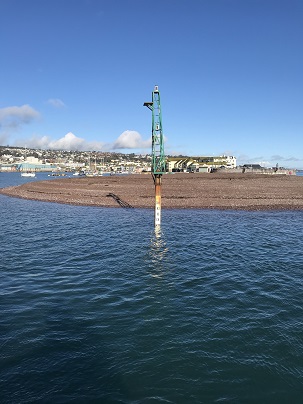
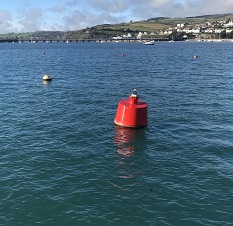
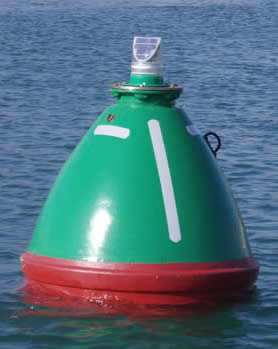
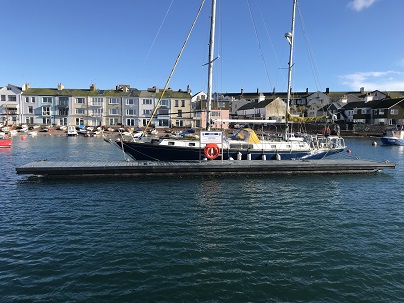
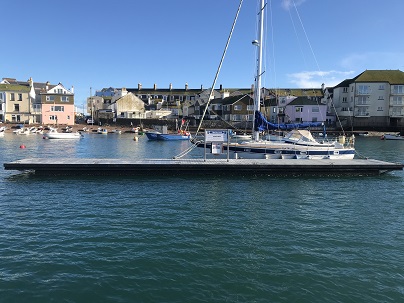
Weather and Tides
Always check the weather and tides before contemplating entering or leaving the estuary. Winds from the NE,E SE and S (onshore winds) will tend to build a sea state in the approaches depending on strength and will cause broken water across the bar. This will be accentuated on an ebb tide and at low water. If in doubt delay your entry or departure or seek advice from the Harbour Master. Also due consideration must be given to the strength of the current in the entrance and lower estuary during spring tides which can be as much as 5 knots during the peak. Particular caution needs to be taken when passing underneath the bridge during these conditions and also through the moorings.
It is important that the following is noted by all users:
- The approach and entrance to Teignmouth harbour is manageable by all types of craft in reasonable weather conditions as long as due caution is taken. The position of the channel and the bar needs to be known and understood prior to attempting entry or exit. Vessels without local knowledge are recommended to seek advice and confirmation of the channel marks from the Harbour Master.
- During the summer the channel is usually stable and entry to the River Teign is comparatively straightforward.
- The position of the bar can change within a few hours during fresh or strong onshore winds, particularly during the winter months. An entrance or exit should not be attempted during these conditions especially as there will be broken water across the bar, which will be accentuated on an ebb tide and at low water. The Harbour Commission aim to maintain an east/west shipping channel across the bar throughout the year using the plough dredger Teign C.
- The depth of the channel varies across the bar and is approx. 0 metres to 2.0 metres below chart datum. This can reduce from time to time during winter months.
- Due allowance needs to be taken of tidal flows which can be 4 to 5 knots during springs in the entrance between the Lucette Light and Den Point.
- Shipping movements normally occur up to one hour either side of high water but can occasionally occur at other states of the tide. However during neaps movements can occur at most states of the tide depending on size and draft of the vessel.
- To be aware of shipping movements craft are advised to maintain a listening watch on Channel 12 when entering or leaving the harbour.
Guidance Notes on Navigation (inwards) Vessels without local knowledge should aim for a safe water waypoint to seaward of the outer channel buoys. i.e: 50° 32.4′ N 003° 29.0′ W (WGS 84). This waypoint will place you adjacent to the transit line 260° which the Harbour Authority dredge regularly.
